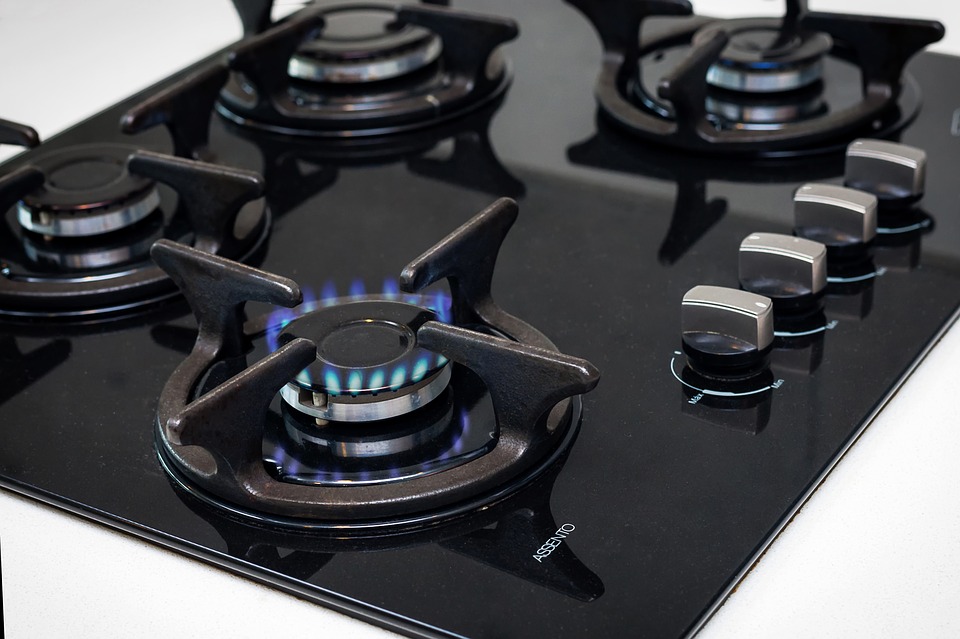Whether you are looking for a comprehensive roof repair service for an old building or a new roof installation, employing a professional commercial & roofing company can help you achieve your investment goals in a cost-effective manner. That being said, due to prevalent misconceptions about roofing services, may commercial property owners overlook the importance of hiring a professional roofer that not only enhance the life of the roof but also adds value to overall property investment. This blog post covers five common myths about commercial roofing companies and their services that commercial property owners must avoid to realize the real benefits of commercial roofing companies.
Myth 1: “Roofing is a one-time investment”
Regular roof maintenance program helps in keeping your roof in shape. It also preserves the roof warranty, as many manufacturers nullify the warranty if they find out that the particular roof lacked proper attention. Additionally, having a proper roof maintenance plan in place helps investors in filing a roof insurance claim.

Image source: azhandymanroofing.biz
Myth 2: “All commercial roofing companies are the same”
As a commercial property owner, you should not make a mistake of trusting every local roofing contractor. It is likely that the contractor you hire turns out to be a “storm chaser” who set-up a temporary office in a particular region and then moves to another storm hit location. This, in turn, can affect you in the long run, when you require their assistance for warranty or other services, as they won’t be there for the help. Search for reputable commercial roofing companies that will always be there to assist you at every step.
Myth 3: “Cheap roofing materials can get the job done”
The type of roofing material that goes in your roofing system has a great impact on its long term sustenance. It is, therefore, important to choose the right material suiting your needs, prevalent climatic condition, and the budget. That is when a professional roofer can help you select the right roofing material without having to run from pillar to post.
Myth 4: “Roof repair is a DIY Job”
It is usually less expensive to fix things using a DIY approach, but for a job as complex as a roof repair or installation, DIY is not the right thing to do. The complexity of the project requires expertise, the right set of tools, and safety measures to ensure quality repair or installation. A licensed roofer has required expertise and skills to examine and carry out roof repair in a cost-effective manner.
Myth 5: “Gutters play no role in the roofing system”
You are committing a huge mistake if you overlook the maintenance of roof gutter as part of your roof repair services. While roof shields the home from rainwater, gutters keep the rainwater away from the exterior walls and foundation. Over time, unkempt gutters accumulate debris resulting in clogged gutters that can lead to backward flow of water and ultimately roof leaks. Therefore, regular gutter inspection, cleaning, and maintenance is a must to prevent roof leaks.
Wrapping Up
Regular roof maintenance is important for all type of commercial units. Don’t let the myths mentioned in this post prevent yours from hiring professional commercial roofing companies that not only enhance the life of your roofing system but also add value to your investment. For more details about roofing services and its benefits, get in touch with a reputable commercial roofing company that can help you keep the best foot forward.
Read also:





















